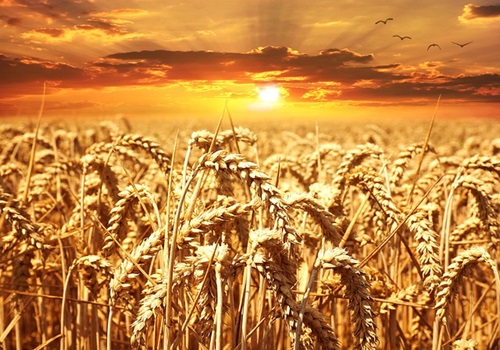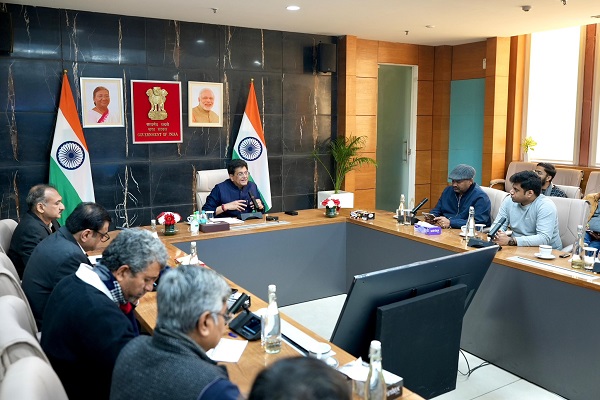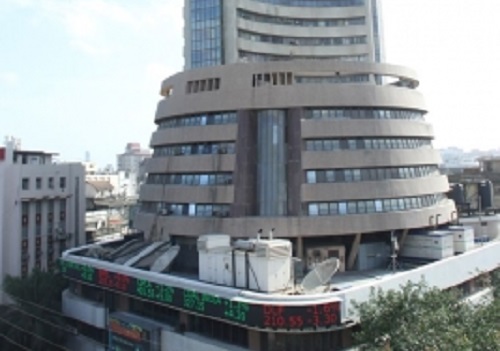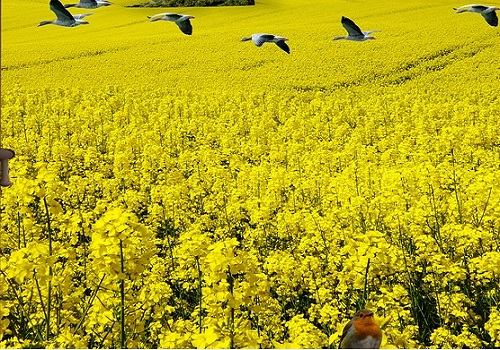Indian Rabi Crop Acreage Sees Growth, Wheat and Pulses Lead the Way by Amit Gupta, Kedia Advisory

The total rabi crop area in India has increased by 1.5% year-on-year to 493.62 lakh hectares (lh) as of December 6. Wheat sowing rose by 2.3% to 239.49 lh, while pulses acreage jumped by 4.3% to 120.65 lh. However, oilseed sowing fell by 4.4%, driven by a drop in mustard area. Rajasthan witnessed a shift towards wheat and chana due to price benefits, including a wheat bonus. Current rainfall and snowfall in key regions are aiding crop growth, with production depending on February-March weather conditions. The government remains optimistic about meeting the production targets for major rabi crops despite challenges.
Key Highlights
* Total rabi crop area rises 1.5% YoY to 493.62 lakh hectares as of December 6.
* Wheat sowing up by 2.3%, but mustard acreage drops 4.3%.
* Rabi pulses acreage increases by 4.3%, led by chana at 86.09 lakh hectares.
* Oilseeds acreage declines by 4.4%, with mustard and groundnut showing dips.
* Rajasthan witnesses shifts in sowing patterns, favoring wheat and chana over mustard.
India's total rabi crop acreage increased by 1.5% year-on-year to 493.62 lakh hectares (lh) as of December 6, covering 78% of the season's normal area of 635.60 lh. The Agriculture Ministry attributed the growth to higher sowing across most crops, barring barley and mustard. Wheat, pulses, and rice contributed significantly to this rise, with wheat acreage up by 2.3% at 239.49 lh.
Rabi pulses sowing reached 120.65 lh, a 4.3% increase, primarily driven by chana, which saw a 7.1% rise to 86.09 lh. Similarly, masur acreage grew 1.7% to 14.75 lh. However, oilseed sowing lagged, declining by 4.4% to 86.52 lh due to reduced mustard and groundnut coverage. Mustard acreage dropped 4.3% to 81.07 lh, with Rajasthan, contributing 40% of the country's mustard area, reporting a decline to 32.69 lh.
Farmers in Rajasthan are shifting toward wheat and chana, influenced by favorable pricing and government incentives, including a ?125/quintal bonus on wheat MSP. Wheat sowing in the state rose to 26.18 lh from 22.60 lh, with a target of 32 lh. Chana acreage also climbed to 19.69 lh.
Winter paddy acreage increased to 11.19 lh, while barley sowing dropped 8.1% to 5.65 lh. Overall, rabi foodgrains aim to contribute 164.55 million tonnes to the total annual target of 341.55 million tonnes.
Finally
Rabi crop sowing shows positive growth, driven by wheat and pulses. Favorable conditions in the north-west may further support production. Mustard and barley, however, require monitoring.
Above views are of the author and not of the website kindly read disclaimer



.jpg)




















